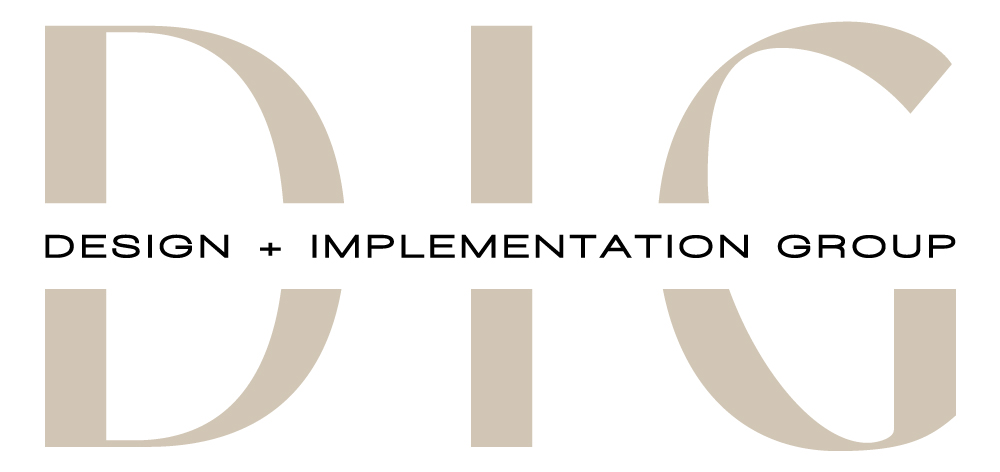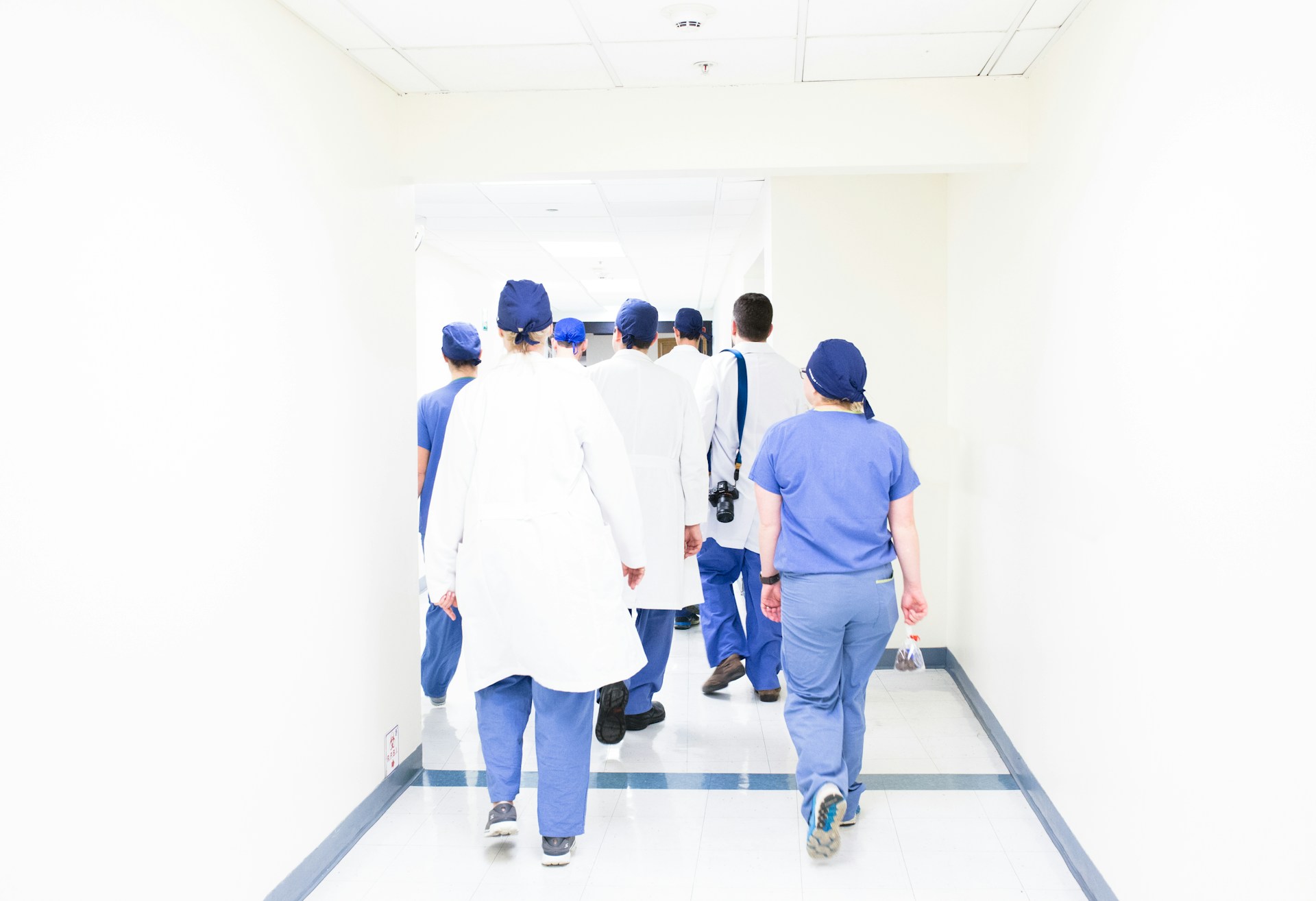In the healthcare sector, every decision is critical, and increasingly, design choices are being recognized for their profound impact on patient outcomes, staff performance, and operational efficiency. Evidence-Based Design (EBD) is an approach that uses credible research and data to inform design decisions, moving beyond intuition or aesthetics alone to create environments that are proven to support healing and optimize functionality.
For healthcare business owners and executives, understanding EBD is key to making strategic investments in facilities that not only look professional but actively contribute to better care and a healthier bottom line.
What is Evidence-Based Design in Healthcare?
EBD in healthcare means designing spaces based on the best available evidence from research studies. This research explores how the physical environment affects patient stress levels, recovery times, safety, and satisfaction, as well as staff workflow, communication, and well-being.
The goal is to create “healing environments” – spaces that reduce stress, prevent errors, control infections, improve communication, and enhance overall patient and staff experiences. This approach is integral to modern healthcare interior design.
Key Principles and Their Impact
EBD principles translate research findings into actionable design strategies:
- Reduce Stress: Studies show that stress can impede healing. Design elements that reduce stress include access to nature (views, indoor plants), calming color palettes, noise reduction strategies, and clear wayfinding. Incorporating elements like indoor plants can contribute to a more soothing atmosphere.
- Improve Safety: Design can directly impact patient and staff safety. This involves layout considerations to prevent falls, appropriate lighting to reduce errors, material selection to minimize infection risk, and clear visibility for monitoring patients.
- Control Infection: Material choices and ease of cleaning are paramount. EBD favors non-porous, durable, and easily sanitizable surfaces. Design can also support proper hand hygiene protocols by ensuring accessible sinks and sanitizing stations.
- Optimize Staff Efficiency: The physical layout and design of workspaces significantly affect staff workflow, communication, and fatigue. EBD considers proximity of supplies, layout of charting areas, break room design, and minimizing unnecessary travel distances. Efficient design supports the demanding work of healthcare professionals.
- Enhance Patient Experience: Beyond clinical care, the patient experience is shaped by the environment. Privacy, comfort, control over the immediate environment (like lighting and temperature), and access to positive distractions contribute to higher patient satisfaction.
Applying these principles requires a deep understanding of both healthcare operations and design. It’s a critical step in designing a medical center or any healthcare facility.
Design Elements Informed by Evidence
Specific design elements are frequently studied in EBD research:
- Natural Light and Views: Access to daylight and views of nature has been linked to reduced stress, decreased pain medication use, and shorter hospital stays.
- Acoustics: Reducing noise levels in patient rooms and common areas is vital for rest and recovery. EBD considers sound-absorbing materials and layout strategies.
- Color and Art: Strategic use of color can influence mood and perception. Calming colors are often used in patient areas, while brighter colors might be used in public or staff zones. Art, particularly nature-themed art, can also be a positive distraction.
- Material Selection: Choosing materials based on durability, cleanability, acoustic properties, and impact on indoor air quality is a cornerstone of EBD.
- Layout and Spatial Organization: How rooms and departments are arranged impacts workflow, supervision, and patient movement. EBD seeks layouts that minimize staff fatigue and potential errors.
Examples of EBD in practice can be seen in facilities designed with these principles in mind, such as specialized units or clinics. Our work on projects like the Airmont Dialysis Center demonstrates the application of thoughtful design in healthcare settings.
Investing in evidence-based healthcare design is investing in better patient outcomes, a more efficient and satisfied staff, and a facility that supports the highest standards of care. It’s a strategic decision that yields tangible benefits for your organization.
Ready to explore how Evidence-Based Design can transform your healthcare facility? Learn more about The Impact of Interior Design on Patient Care in Healthcare Facilities and how our expertise can benefit your next project.



